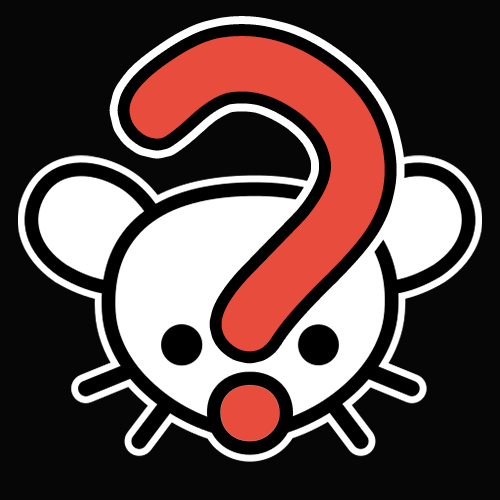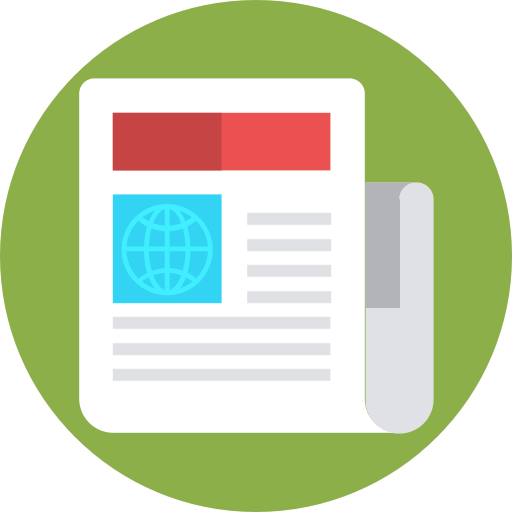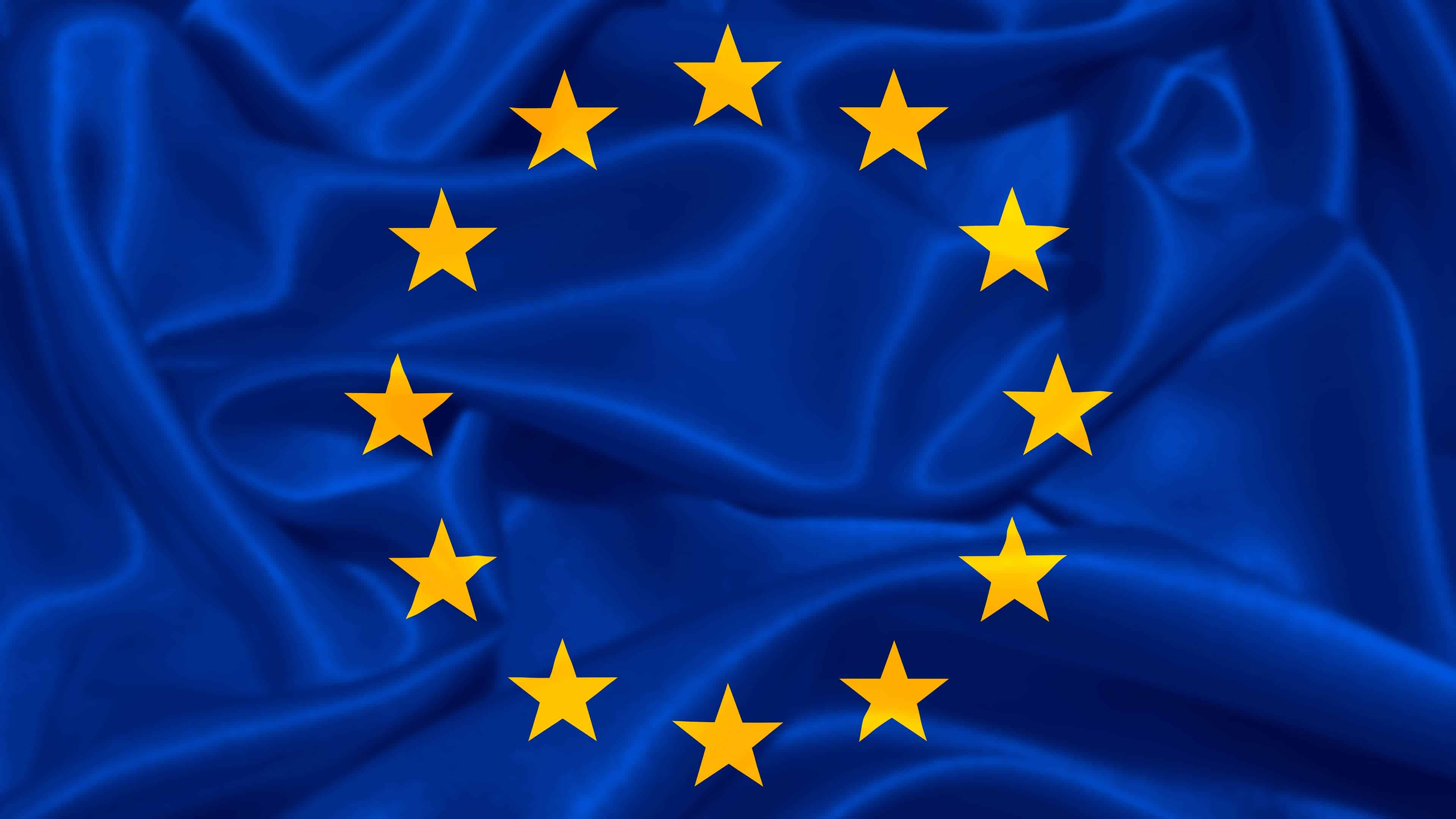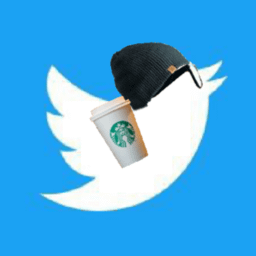

Don’t forget the landed gentry’s property rights which are sacrosanct. Us peasants owning actual stuff on the other hand can fuck right off.


Don’t forget the landed gentry’s property rights which are sacrosanct. Us peasants owning actual stuff on the other hand can fuck right off.
What’s missing here os the definition that we’re working in base 10. While it won’t be a proof, Fibbonaci has his nice little Liber Abbaci where he explains arabic numerals. A system of axioms for base 10, a definition of addition and your succession function would suffice. Probably what the originals were going for, but I can’t imagine how that would take 86 pages. Reading it’s been on my todo list, but I doubt I’ll manage 86 pages of modern math designed to be harder to read than egyptian hieroglyphs.


I know a few artists and get their complaints against AI, but I feel they’ve been way too overblown.
I look at AI as what it is - a new technology. Everthing was one at some point.
For example - cameras. Do you think artists who learned painting were happy when cameras started displacing them?
Of course there was outrage. It’s natural to protect your interests. However, technology has to be allowed to progress and people’s rights have to be respected. Developments in technology such as photography or AI are a disruption of the existing legal framework, and the two sides’ rights (those of the users and if those displaced) must be balanced.
However, unlike photography, there’s a clear legal basis and precedent analogous to AI art - in most places recieving copyrighted material without permission isn’t punishable while distributing it to others is.
An AI model is in essence a retrieval system in the sense of the US DMCA. Most other places have substantially similar laws in spirit, and most places draw the distinction between distribution and “fair” uses of infinging material. A good rule of thumb is that selling access is a big no-no, distributing is a big risk, and merely using a much smaller one. All technically illegal (as are memes).


To adress the mems side of the question: Memes aren’t a large portion of the original work. Often times they’re screenshots of video material, so the “portion taken from the original” is minute. Some meme formats, however, are digital art pieces in and of themselves. (Note the word format - the “background” of the meme, for example the “If I did one pushup” comic)
But even with that consideration, a meme doesn’t bring harm to the original - it’s basically free advertising. And as the memes are usually low quality abd not monetized, it can be passed off as fair use or free speech in some jurisdictions, while others merely turn a blind eye. And why shouldn’t they?
As I said, memes have a multitude of points going against them being copyright infringement. They’re low-effort, short-form media, usually with a short “lifetime” (most memes don’t get reposted for years). Most often they’re a screengrab of a video (so a ‘negligible portion of the original’) and almost never bring harm to the original, but only serve as free advertising. Again, usually. This means most meme formats’ involuntary creators have no reason to go after memes. You could probably get a court to strike a meme, but probably on defamation grounds - and even then, the meme will most likely die (not the format!) beforehand, so such suits are usually dismissed as moot.
Compare this to an AI model (not an AI “artpiece”): It’s usually trained on the entire work, and they’re proven to be able to recreate the work in large part - you just need to be lucky enough with the seeds and prompts. This means the original is “in there somewhere”, and parts of it can be yanked out. Remeber, even non-identical copying (so takig too much inspiration or in academic speak, “plagiarism”) is copyright infringement.
And to top it all off, all the big AI models have a paid tier, meaning they profit off the work.
If you were to compare memes to individual AI “artworks”, then it is the same thing as memes. Except if the generation is a near-verbatim reproduction, but even then, the guilt lies with the one who knowingly commited infringement by choosing what to put into the model’s training data, and not on some unlucky soul who happened to step on a landmine and generated the work.


“You”, the user of the AI model isn’t engaging in copyright infingement directly.
However, whoever made the model that you used did. Most using copyright protected works.
Some people are paying for these models. This is what’s the problem: financially benefitting off others’ work without permission (or royalties).
It’s like the age-old piracy dilemma: the person using direct downloads or streaming can’t be fined in most jurisdictions - it’s the duplication and sharing that’s forbidden.
This exact analogue exists with AI models: training a model and giving it to others to use is distributing access to copyrighted material. Using an AI model is not.


Fucking duh.
You got me there. For that’s how words work.
It seems being amnesigenic doesn’t make one immune from historical ignorance.


I hope Italian dockworkers are determined enough to dock imports for a while. Hopefully without armed intervention from the state.


The store pulls its own profits in by how many people shop there and part of that profit, is distributing to those who work there.
May I ask where this incredible society is? Sounds like a dream. Here in E*rope they milk every second of your shift. Bonuses barely exist in my experience, usually being vehicles for keeping people on minimum wage and telling them to “work hard”. Usually they’re rigged so even if you do bite, only the company profits.


“Isreal”
My take on that godforsaken pun is “Abreal”.


If you replace yours after every use, then go for it!
If you keep a more traditional schedule of toothbrush replacement, I’d strongly suggest one brush per person per month. You might get away with one brush per 2 people per month, or one brush per person per up to 3 months, but not both.


Step 1 of Nazi mass murder: ✓


It is a bit confusing.
Minecraft is a digital simulation of a physical (albeit blocky) world.
If we treat minecraft as a physical world (one simulated, but that’s beside the point), we can claim that it’s a (simulated) physical simulation.


When Alt-right turns into “default center”, then yes, you have Fascism.
He may very well be the personality to cause the Epstein files be released.


That is green gas. It isn’t green “natural” gas, because “natural” is exclusively the fossil fuel stuff. Stupid naming, probably some 19th century marketing thatfor some reason stuck.
Edit: 19th, not 18th.


“Natural gas” can never be green because it is specifically fossil-fuel gas.


Honor Charlie Krik by doing what he requested - RELEASE THE EPSTEIN FILES!

The only “way” free speech goes is… Leaving the US as we speak.
Yeah, I assumed. No way 86 pages are needed for a proof of ‘1+1=2’.
That being said, it’d be nice for there to actually be a “proof” of 1+1=2, made as concise and simple as possible, while retaining all the precision required of such proof, including a complete set of axioms.
This, obviously isn’t is, nor does it try to. It’s not the “1+1=2” book, ot’s the theoretical fpindations of matheđatics book. Nothing wrong with that.